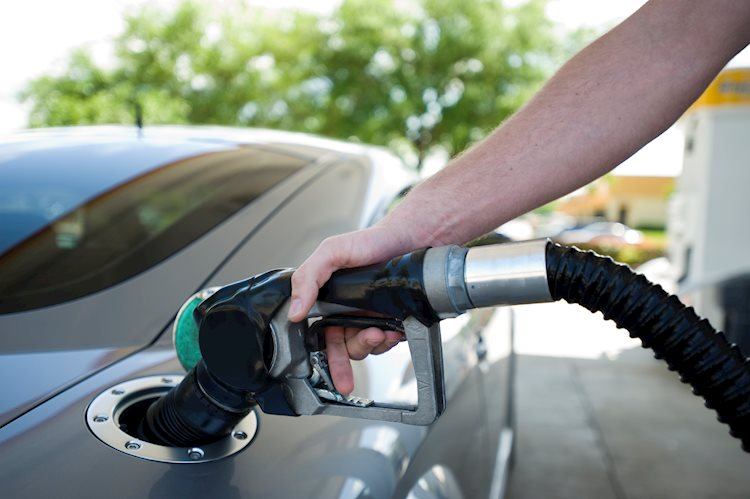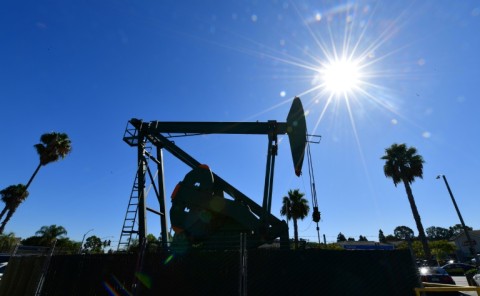By Rystad Energy – Jun 04, 2025, 3:00 PM CDT
Falling crude oil prices are squeezing cash flows for oil and gas companies, forcing a reassessment of investment strategies.
Major oil companies may need oil prices around $80 per barrel to sustain current shareholder payouts, leading to potential borrowing or cuts in investment and buybacks.
The upstream investment outlook has been revised downward due to market uncertainty and weaker project economics, particularly impacting deepwater projects.
With crude oil prices dropping into the low $60s per barrel, profitability in the oil and gas industry is under pressure, squeezing cash flows and forcing companies to reassess their capital allocation. As a result, upstream investments are expected to decline. Early signals from the peer group of majors support this trend, as they indicate plans to prioritize shareholder returns—particularly dividends and buybacks—over new investments.
While it is still too early to quantify the full impact of current market volatility on oil prices, we can analyze industry resilience under various pricing scenarios. By comparing 2024 shareholder distributions with projected 2025 cash flow from operations and investments, we estimate majors would require an oil price of around $80 per barrel to sustain their current levels of shareholder payouts. This significant gap between the cash breakeven level and current prices presents a serious challenge.
One option for bridging the shortfall could be an increase in borrowing, as many of these companies have significantly reduced their debt in recent years. However, if oil prices remain in the low $60s, further cuts to investment budgets and a potential reduction in share buyback programs are likely.
Espen Erlingsen, Head of Upstream Research
A similar analysis for leading US tight oil producers shows a somewhat more favorable position. This peer group requires a West Texas Intermediate crude price of approximately $60 per barrel to fund both investments and shareholder distributions. This suggests that tight oil companies are less exposed than majors, as they remain viable at current price levels.
In response to the downturn, we have revised our upstream investment outlook downward by roughly 5% in the medium term. The main driver of this reduction is the anticipated delay in project sanctions, stemming from greater market uncertainty and weaker project economics. Deepwater investments are particularly impacted, given their reliance on greenfield development and the significant role majors play in these projects.
By Espen Erlingsen via Rystad Energy
More Top Reads From Oilprice.com
IAEA Chief Warns of Potential Nuclear Accident in Ukraine Central Asia Takes Steps Towards Sustainable Water and Energy Systems Analyzing the Impact of 50% Tariffs on Aluminum and Steel
Download The Free Oilprice App Today
Back to homepage
https://oilprice.com/Energy/Crude-Oil/Oil-Industry-Profitability-Under-Pressure.html




